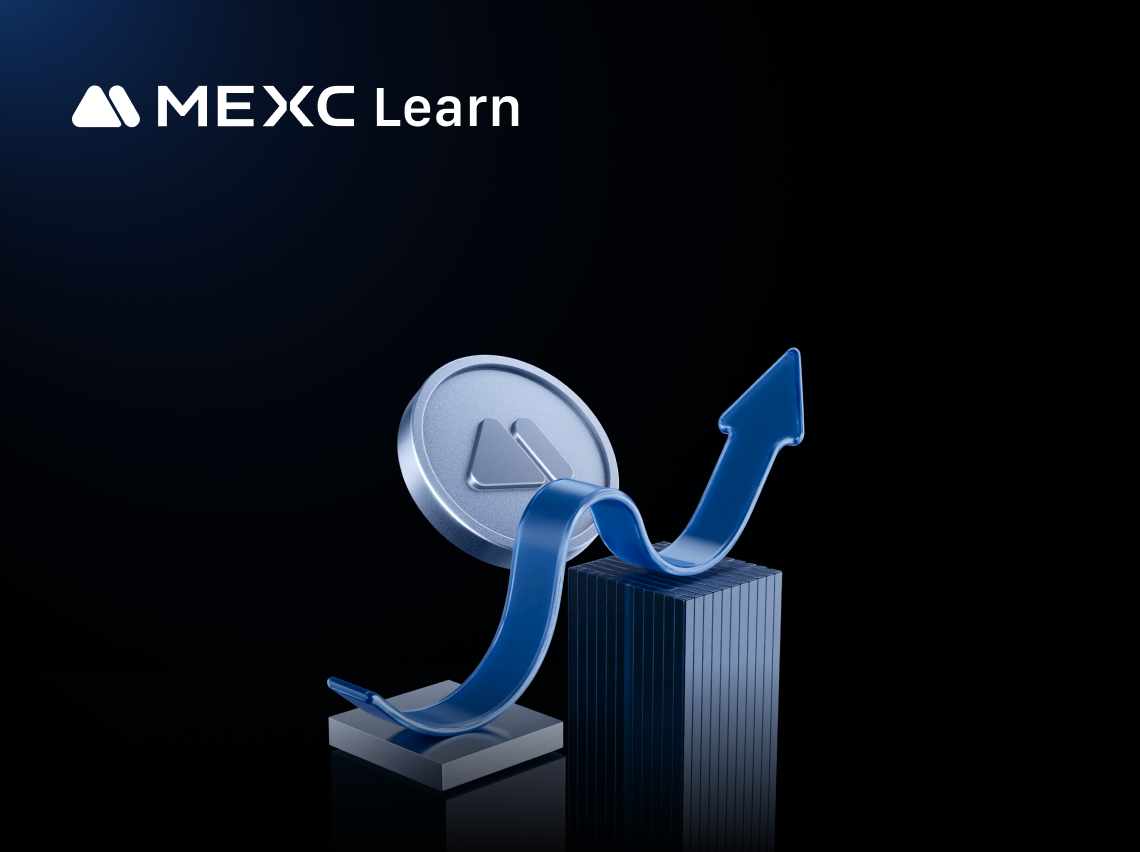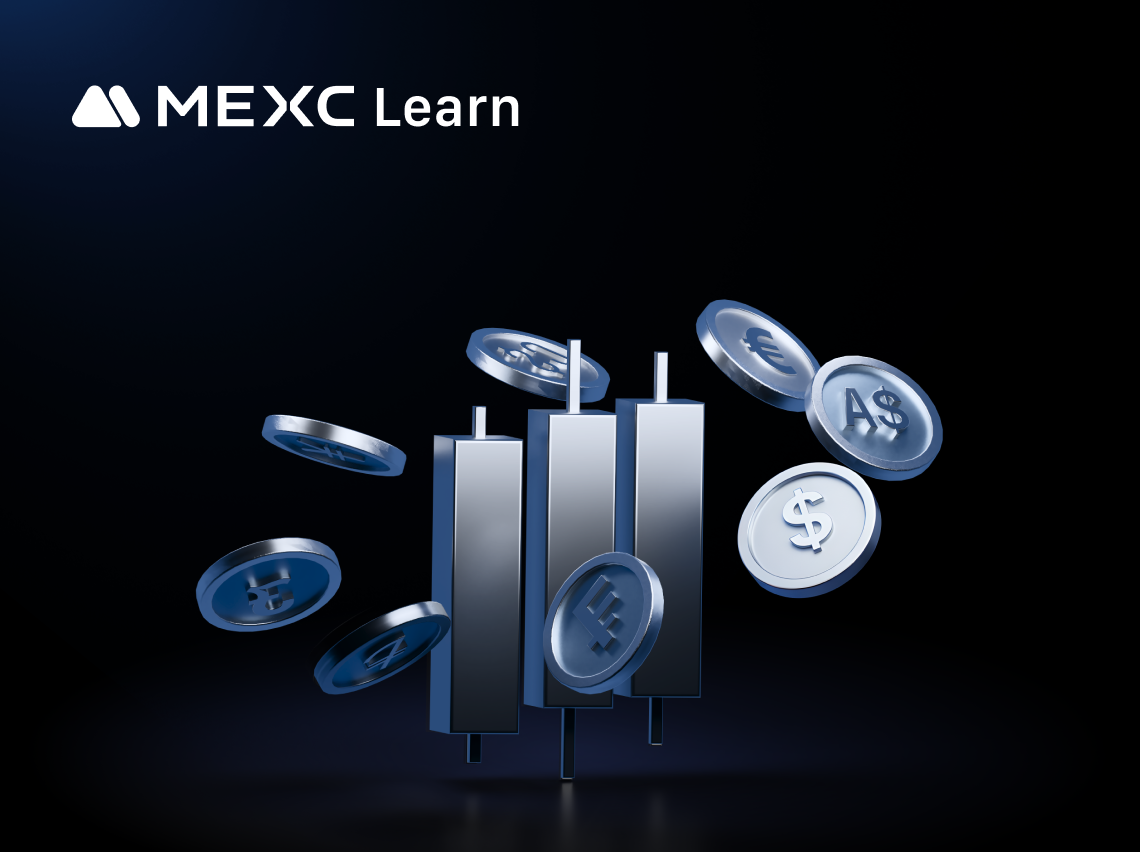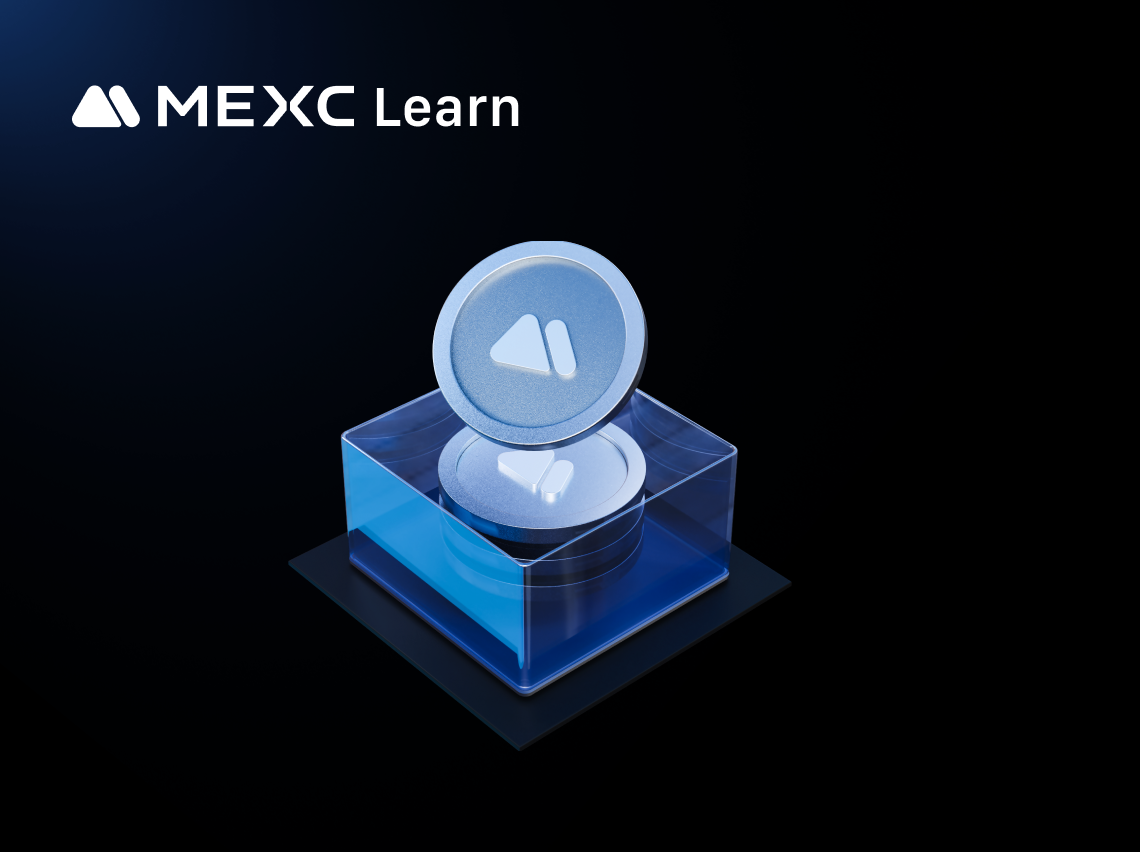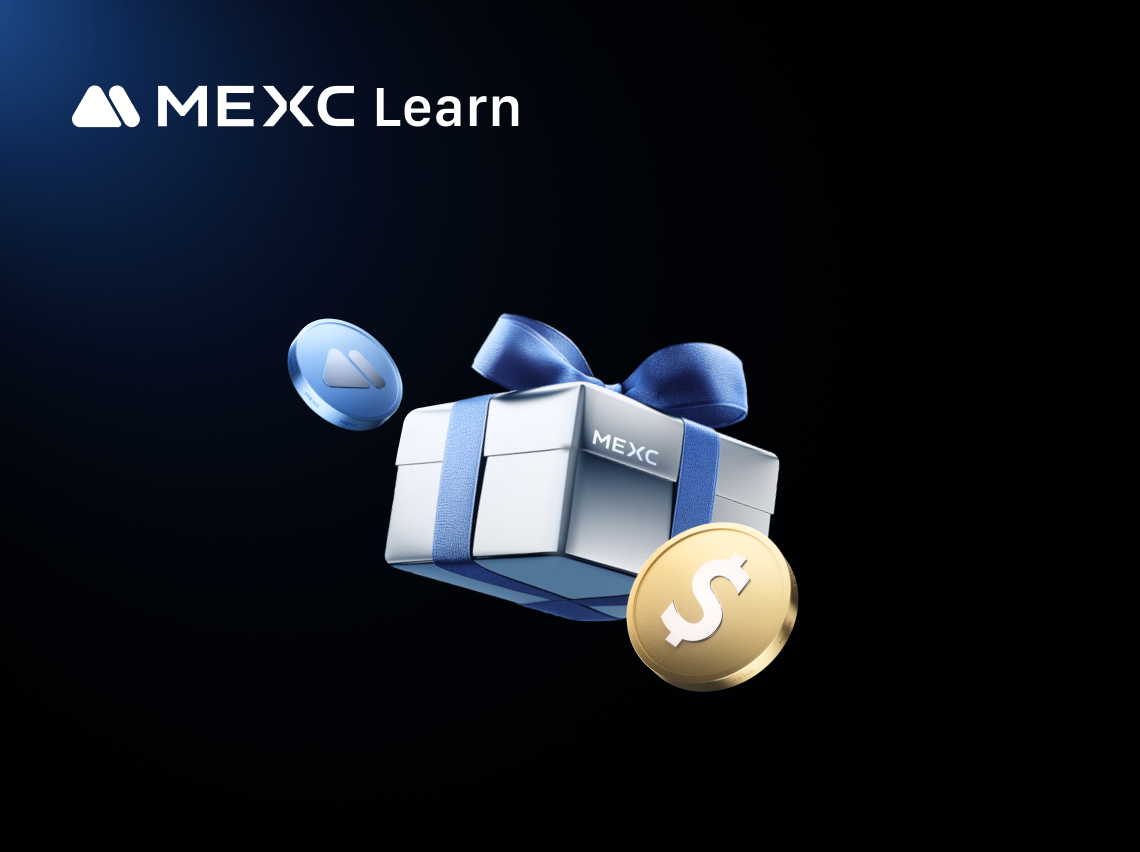How to Rearrange the Open Position Information Columns in Futures Trading


1. Three Key Benefits of Flexibly Adjusting Open Position Information Order
1.1 Improve Information Access Efficiency
1.2 Facilitate Position Comparison and Analysis
1.3 Adapt to Personalized Trading Needs
2. How to Set the Display Order of Open Position Information
2.1 Web



2.2 App

3. Key Terminology on the Positions Page
- When displayed in USDT, the position size is converted into USDT value. For example, if you hold 1 BTC and the price of BTC is $120,000, then your BTC position value will be shown as 120,000 USDT.
- When displayed in Coins, the position size reflects the actual number of tokens held.
- Cont. is a special unit that represents a different token or fiat value depending on the trading pair. For instance, 1 contract of BTCUSDT Perpetual Futures represents 0.0001 BTC, while 1 contract of ETHUSDT Perpetual Futures represents 0.01 ETH. In Coin-Margined Futures, 1 contract corresponds to the fixed USD value. For example, 1 contract of BTCUSD Futures equals $100, and 1 contract of ETHUSD Futures equals $10.
Recommended Reading:
- Why Choose MEXC Futures? Gain deeper insight into the advantages and unique features of MEXC Futures to help you stay ahead in the market.
- Futures Trading Guide (App Version):Understand the full process of trading Futures on the app and get started with ease.
Popular Articles

What is MIRA Network? Complete Guide to the AI Verification Crypto Token
In the rapidly evolving world of artificial intelligence, one critical challenge threatens to limit AI's transformative potential: reliability. While AI systems excel at generating creative content, t

How to Export Futures Position History Data
In futures trading, mastering and analyzing your historical trade data is the first step toward becoming a more experienced trader. MEXC's newly launched Futures Position History data export feature p

Zero Threshold, Zero Slippage: How to Trade U.S. Stock Futures on MEXC
Recently, AI-related stocks have soared, and tech giants continue to hit new highs, once again drawing global attention to the U.S. stock market. However, for most crypto users, entering the tradition

Copy Trading Guide For Lead Traders
Copy trading is an investment strategy in cryptocurrency trading that allows investors to automatically replicate the trades of experienced traders. For beginners with limited knowledge or trading exp
Hot Crypto Updates

RIVER Exchange Registration: Solve Common Problems
IntroductionRegistering on a cryptocurrency exchange is the first crucial step toward trading RIVER. With RIVER gaining popularity as a chain-abstraction stablecoin platform, choosing the right tradin

RIVER Laws Worldwide: Country by Country Guide
Introduction to Global Cryptocurrency RegulationThe global regulatory landscape for cryptocurrencies such as RIVER is rapidly evolving, with over 75 countries developing or implementing regulatory fra

RIVER Strategy Showdown: DCA vs Swing Trading
Understanding RIVER Investment FundamentalsRIVER is a cryptocurrency that offers investors exposure to the chain-abstraction stablecoin sector, focusing on cross-chain collateral, yield, and liquidity

Secure Your RIVER Exchange Account: Pro Tips
Introduction to RIVER Security EssentialsSecuring your RIVER holdings is essential in today's digital asset landscape, as these assets are prime targets for cybercriminals. Unlike traditional financia
Trending News

Nasdaq Company Adds 7,500 BTC in Bold Treasury Move
The live-streaming and e-commerce company has struck a deal to acquire 7,500 BTC, instantly becoming one of the largest public […] The post Nasdaq Company Adds 7,500 BTC in Bold Treasury Move appeared

Shiba Inu (SHIB) Price Forecast: Why SHIB and Mutuum Finance (MUTM) May Skyrocket in 2025
Shiba Inu (SHIB) has been a very traded coin within the memecoin market, where price action is highly dependent upon sentiment within the community and volatility of the markets. As SHIB holds specula

Microsoft Cloud Services Under Crucial Scrutiny Amid Surveillance Allegations
BitcoinWorld Microsoft Cloud Services Under Crucial Scrutiny Amid Surveillance Allegations In the rapidly evolving digital landscape, where discussions around data sovereignty and privacy are paramoun

Bitcoin Slides Below $110,000 As Ethereum, XRP, Dogecoin Drop Over 5% On $1 Billion In Liquidations
Crypto markets took a sharp hit on Thursday, with Bitcoin falling below $110,000.read more
Related Articles

How to Export Futures Position History Data
In futures trading, mastering and analyzing your historical trade data is the first step toward becoming a more experienced trader. MEXC's newly launched Futures Position History data export feature p

Copy Trading Guide For Lead Traders
Copy trading is an investment strategy in cryptocurrency trading that allows investors to automatically replicate the trades of experienced traders. For beginners with limited knowledge or trading exp

MEXC Futures Flash Trading Guide
In the fast-moving cryptocurrency futures market, timing is critical. When a perfect entry point appears, even small delays such as switching pages, entering prices, or confirming orders can result in

What Are Prediction Futures?
1. What are Prediction Futures?Prediction Futures let traders predict specific outcomes of future cryptocurrency prices. Each Futures contract represents an "Up" or "Down" prediction o
